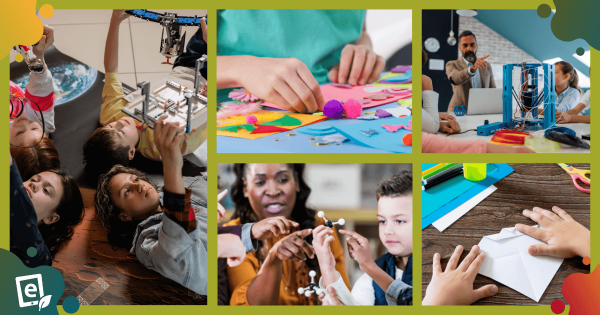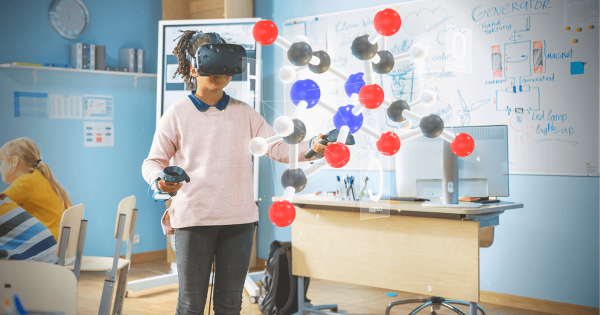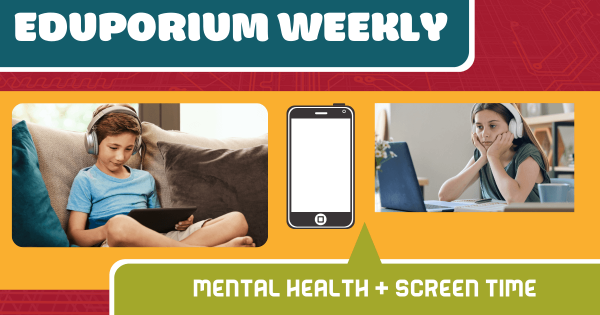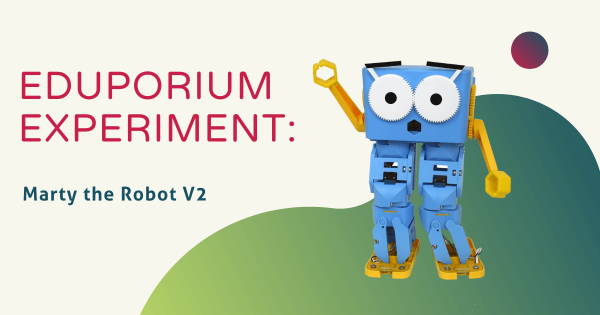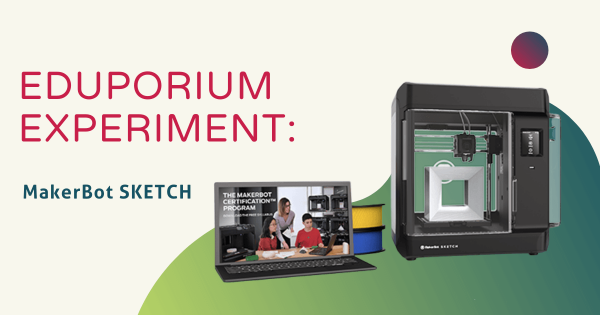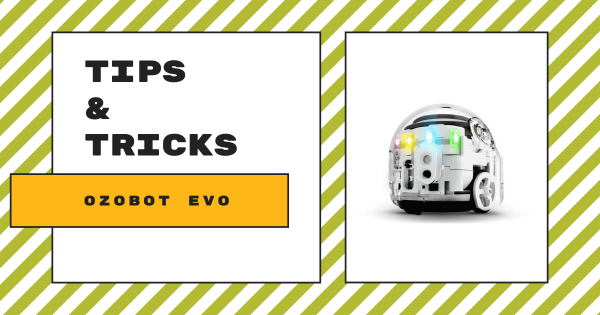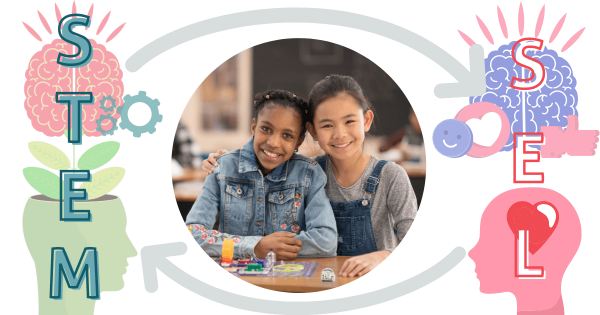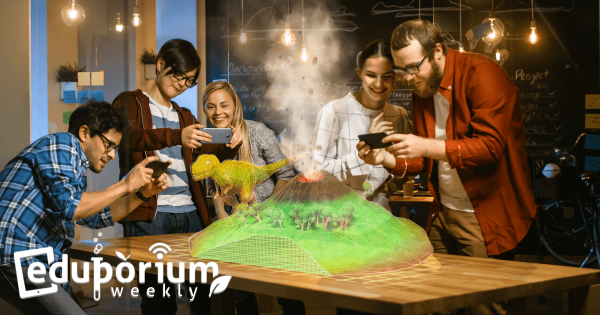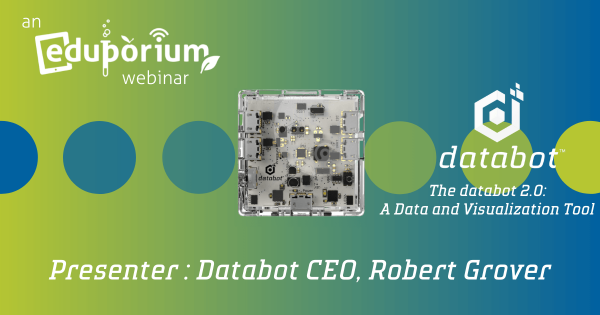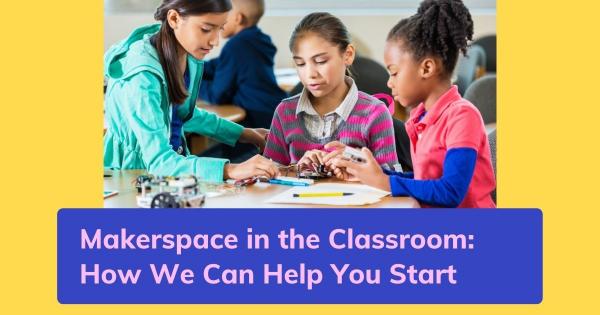You might hear this a lot, but almost every school makerspace may feature unique learning and building materials. Because makerspaces are found all throughout the K–12 grades (and even college), an elementary makerspace will often look a whole lot different than one you’ll see in a high school. So, using the right supplies at the right times makes a significant
Search results for 'additional'
-
Using Virtual Reality Systems In Education
AR and VR both unlock unique angles for learning that, along with effective integration, can enhance student learning experiences. They can also bring concepts to life with stunning visual displays and, once these physical and digital worlds intersect, students can gain context that supports instruction and even potentially reaches them on more of an emotional level. -
Student Mental Health And Their Screen Time
While other pandemic-induced issues, like inequity, isolation, relationships, and SEL have been crucial focal areas, the effects of too much screen time on their daily development have also caught up with many students. As we continue to hone in on student mental health concerns, it’s often important for parents and educators to keep digital wellbeing in focus for kids. -
Eduporium Experiment | Marty The Robot V2
The Marty V2 is ideal for students in Grades K-8 since they can easily build their bots themselves. This helps teachers incorporate in-class engineering experiences as well as enabling children to better connect their heads and hands throughout that building process. Once it is built, students can then explore opportunities for different types of coding with this compact robot. -
Eduporium Experiment | Trying MakerBot SKETCH Classroom
The MakerBot SKETCH Classroom solution comes with lots of 3D printing materials and curriculum resources that help teachers effectively integrate 3D printing lessons in their schools. Most notably, it includes two compact MakerBot SKETCH 3D printers, access to MakerBot’s CloudPrint platform, MakerBot certification licenses, and over 600 makerspace lesson plans. -
Tips & Tricks | The Ozobot Evo Robot
Students can program with their Evo in two unique ways: screen-free using color codes, markers, and paper or using the OzoBlockly environment on a device. Plus, for STEAM teachers, the Ozobot Classroom LMS offers them an incredibly smooth instructional experience and it’s super helpful when it comes to tracking student progress and monitoring their assignments. -
STEM And SEL In Classrooms: Exploring The Relationship
Starting with teaching skills like creative problem solving, persistence, and collaboration, merging these two key elements of education can really help students learn to enjoy the productive struggles they’ll likely face in a tech-driven world. So, we’re exploring how teachers can combine SEL, EdTech, and the right attitudes to help kids become well-rounded problem solvers. -
Eduporium Weekly | Using Mixed Reality In Education
Though technologies like mixed reality, VR, and AR may initially have been for entertainment or gaming, it didn’t take long to realize that they can also impact education—especially by helping today’s teachers more effectively engage and excite students. So, this week, let’s explore the different forms of immersive technology and how they can help enhance STEM learning. -
Webinar: STEM, CTE, And Data Capture With The databot 2.0
Among other updates to the databot 2.0, it has a more powerful processor, a drag-and-drop coding platform, and some new links to machine learning. Robert gave a super informative overview of the databot 2.0 and we could definitely feel that excitement from the educators in attendance—many of whom immediately saw educational value in this data collection tool. -
Designing A School Makerspace: How We Can Help You Start
Makerspaces really help educators create dynamic and real-world learning scenarios for students but they do not always have to include all the latest bells and whistles. So much planning sometimes goes into designing new school makerspaces from your budget considerations to your technology research and, if you’re looking to get started, our team is ready to help.



